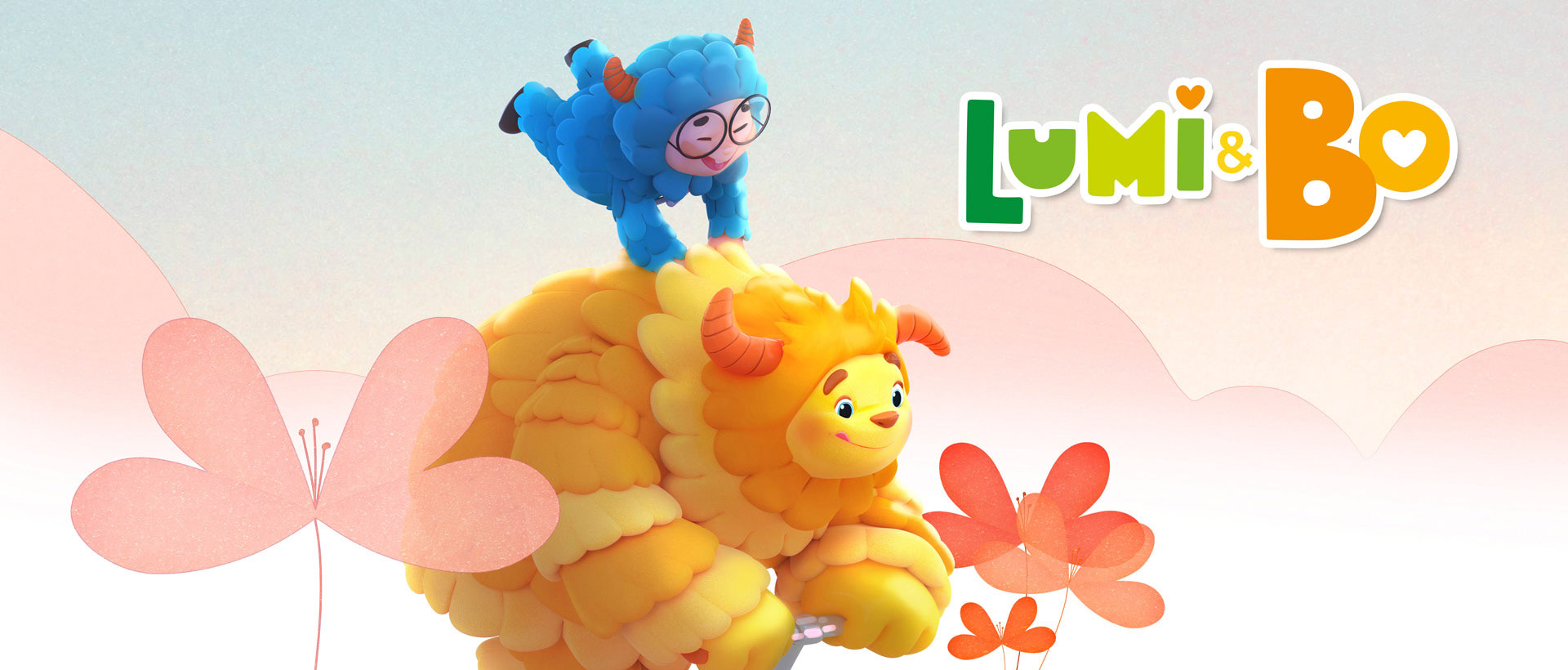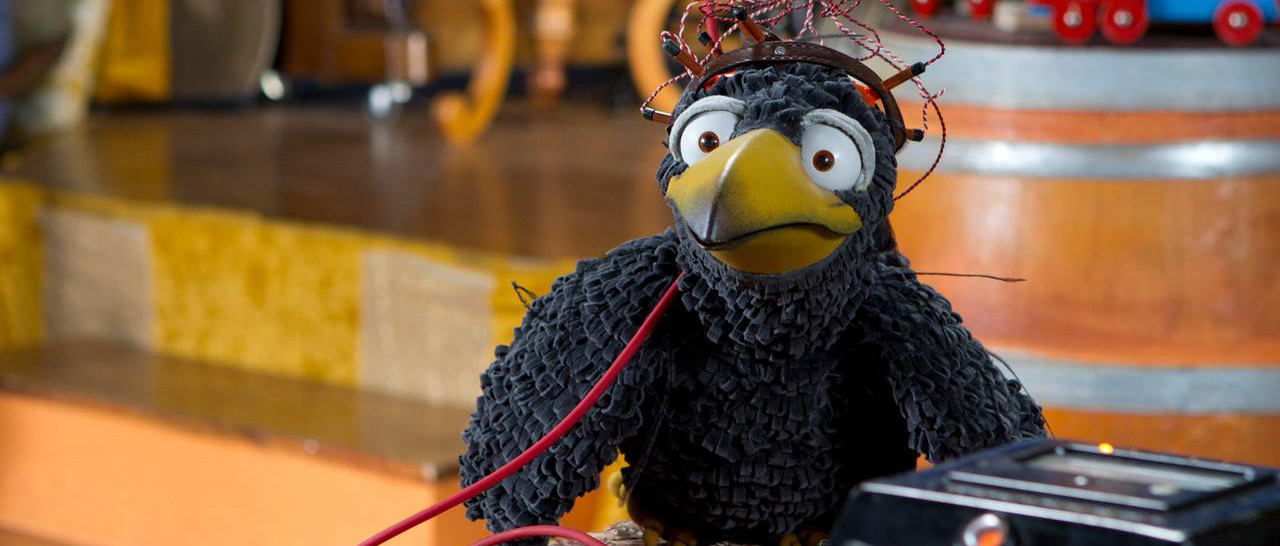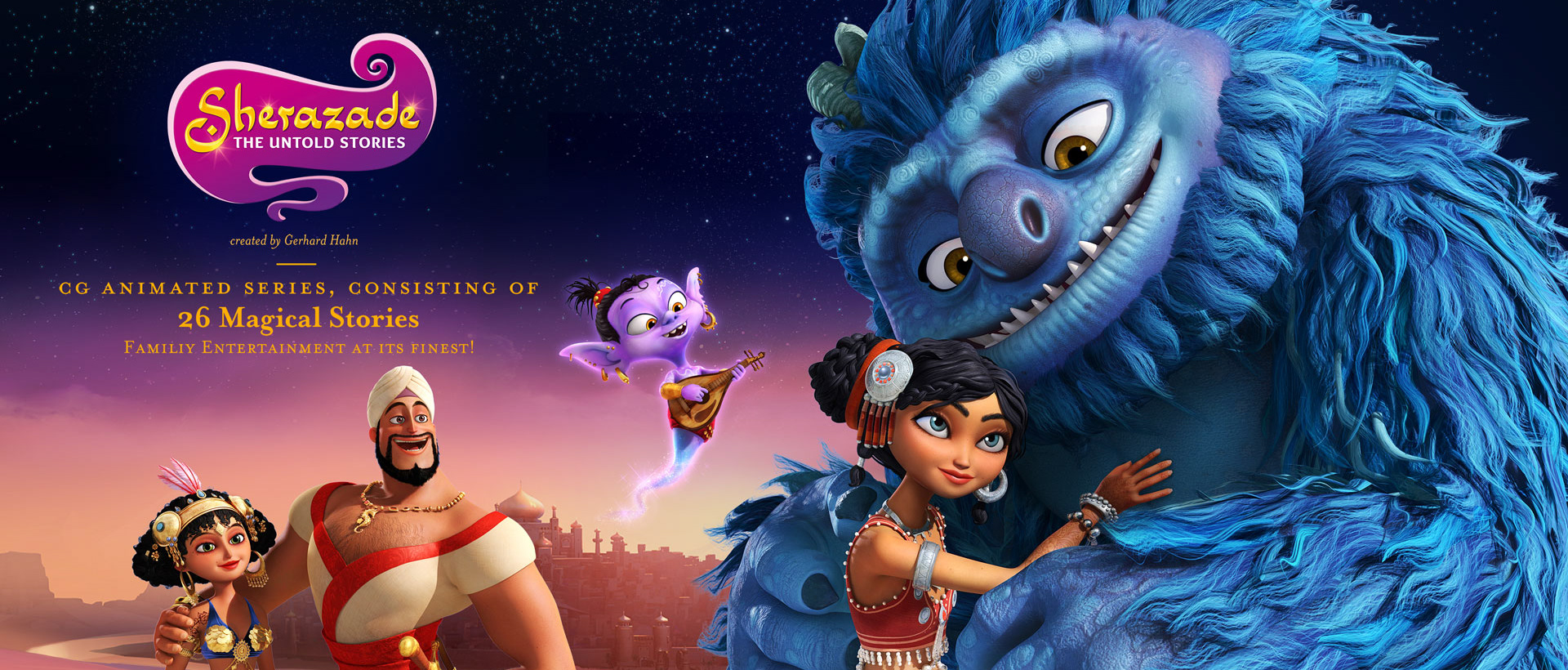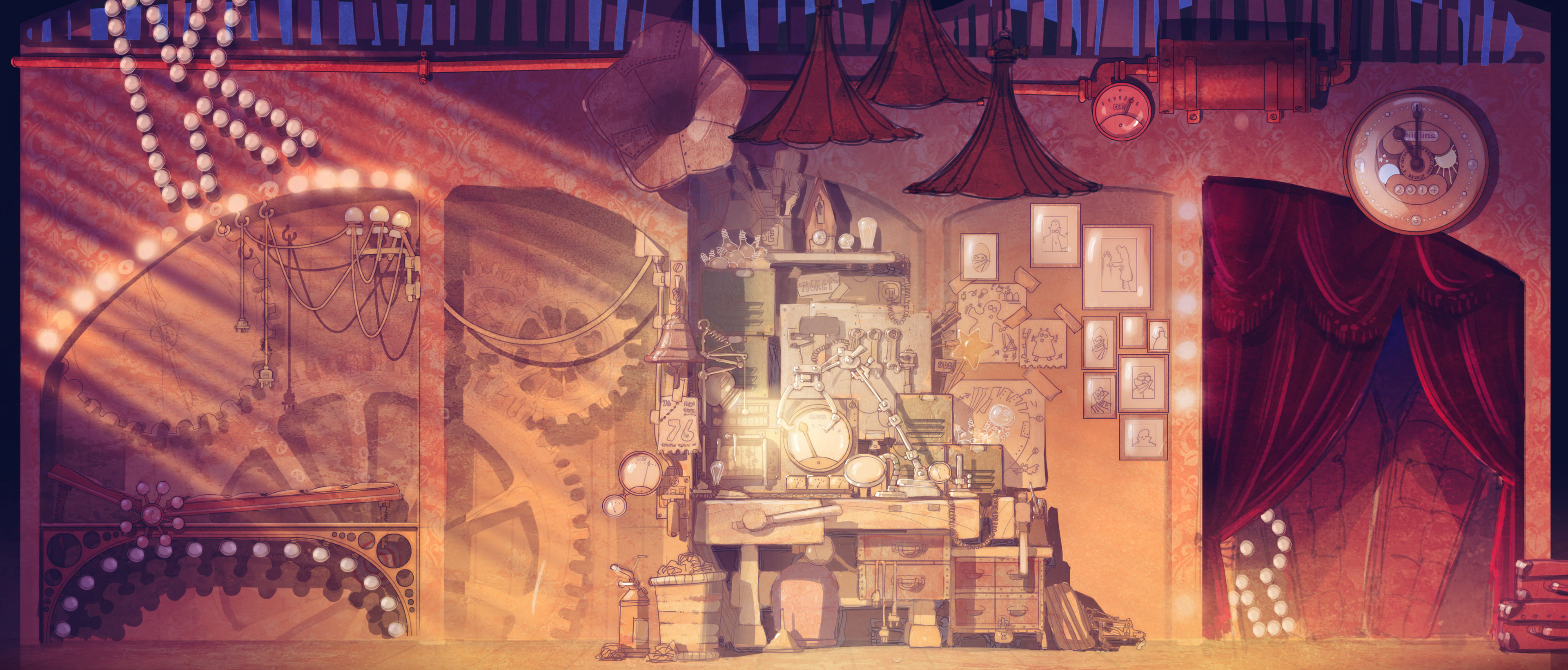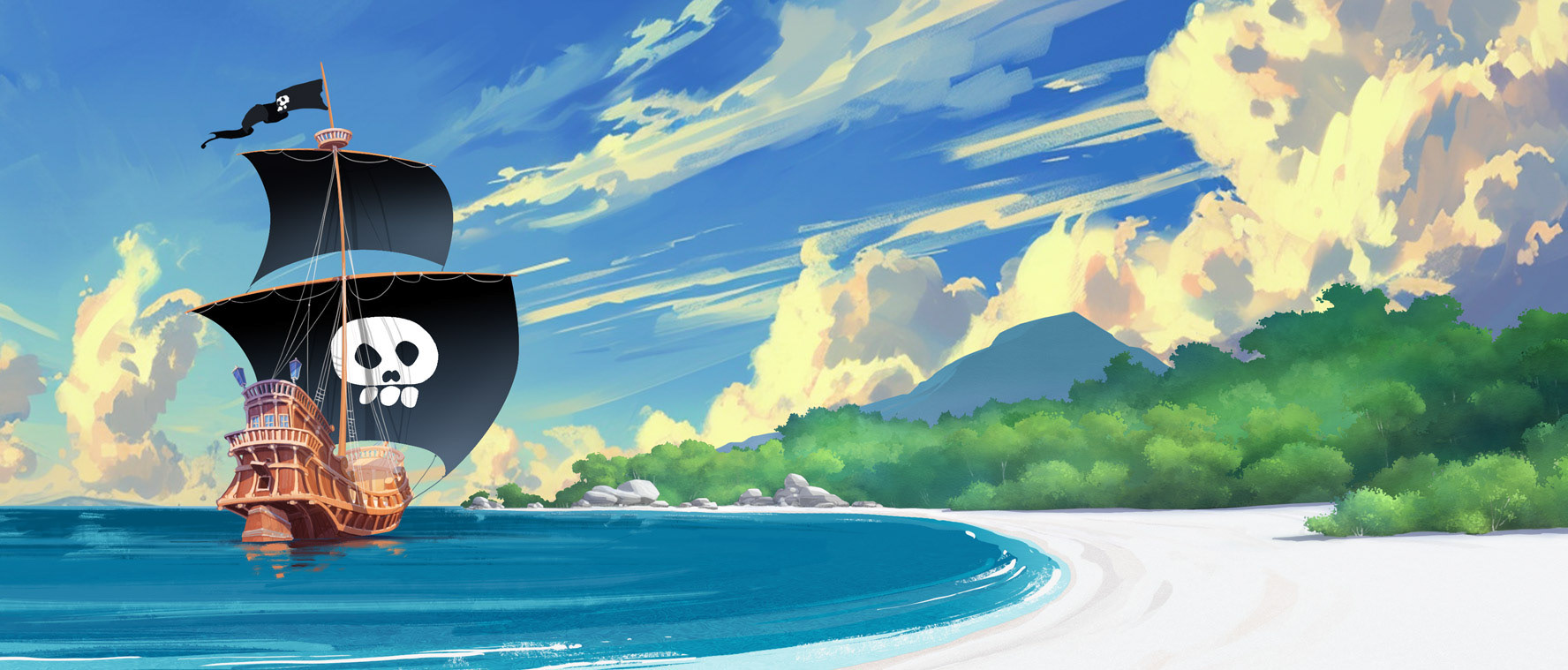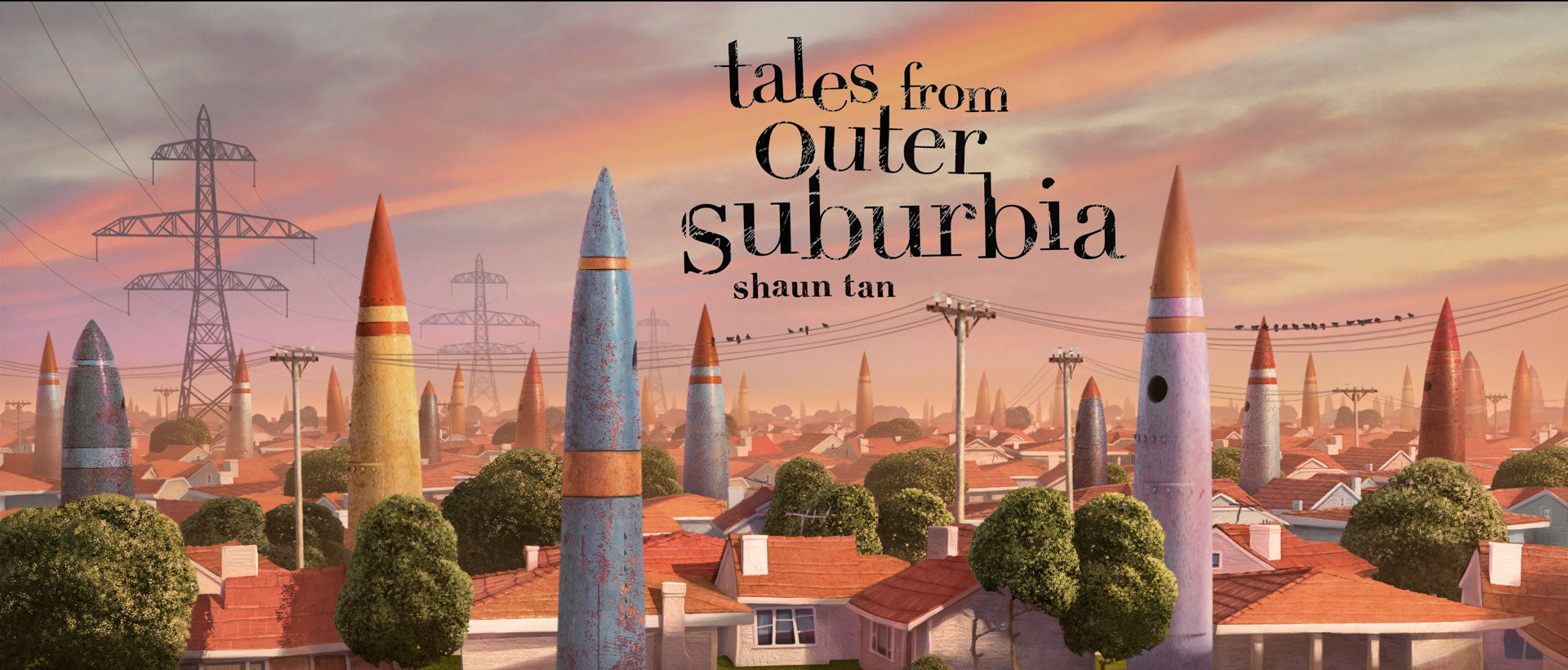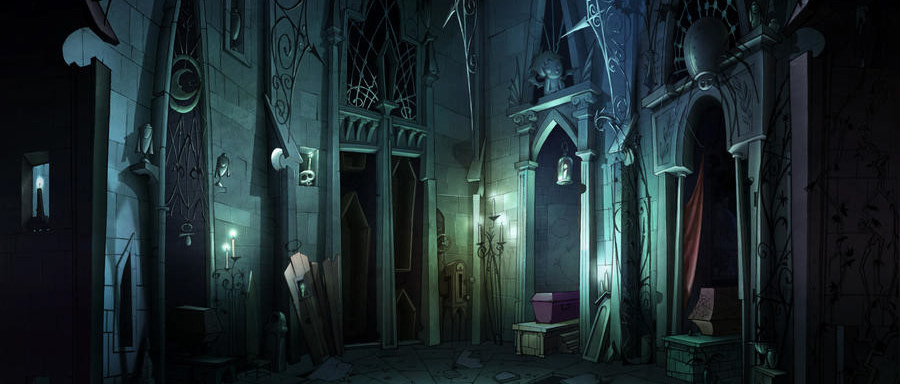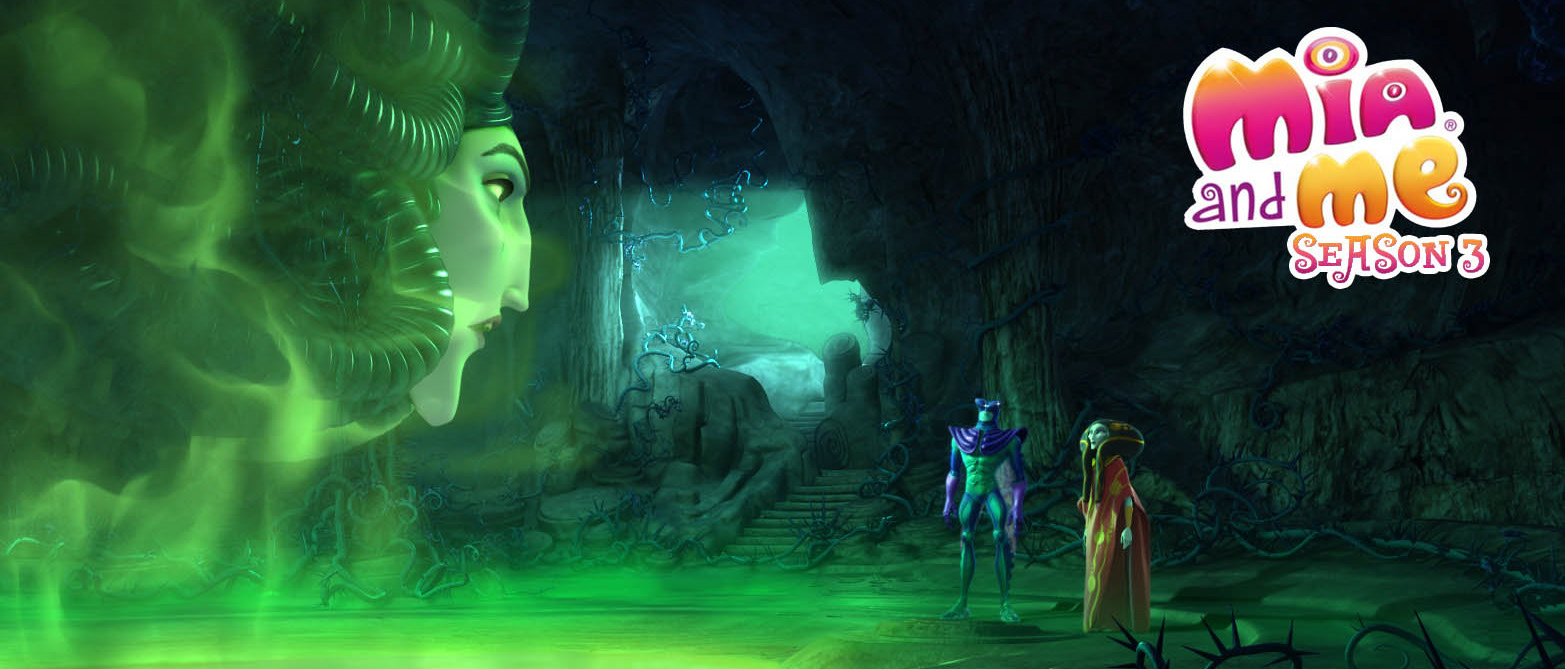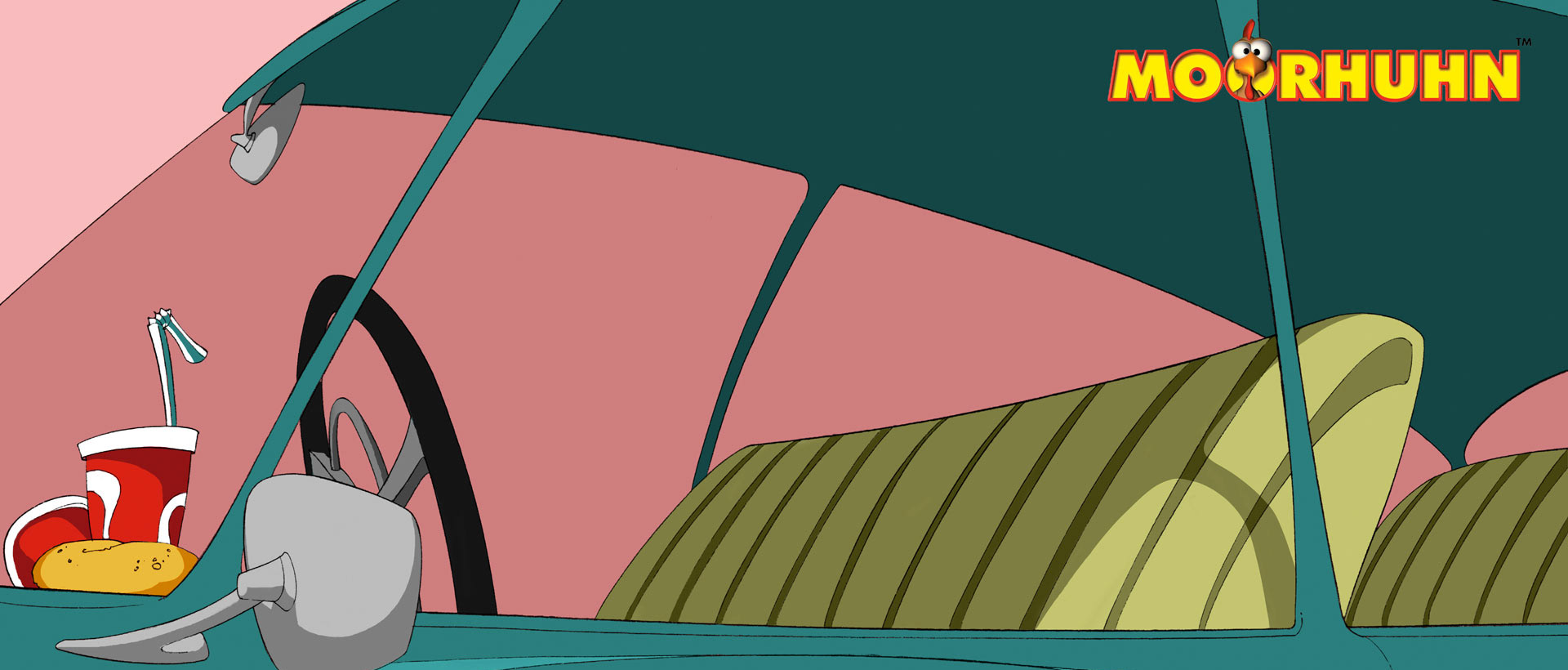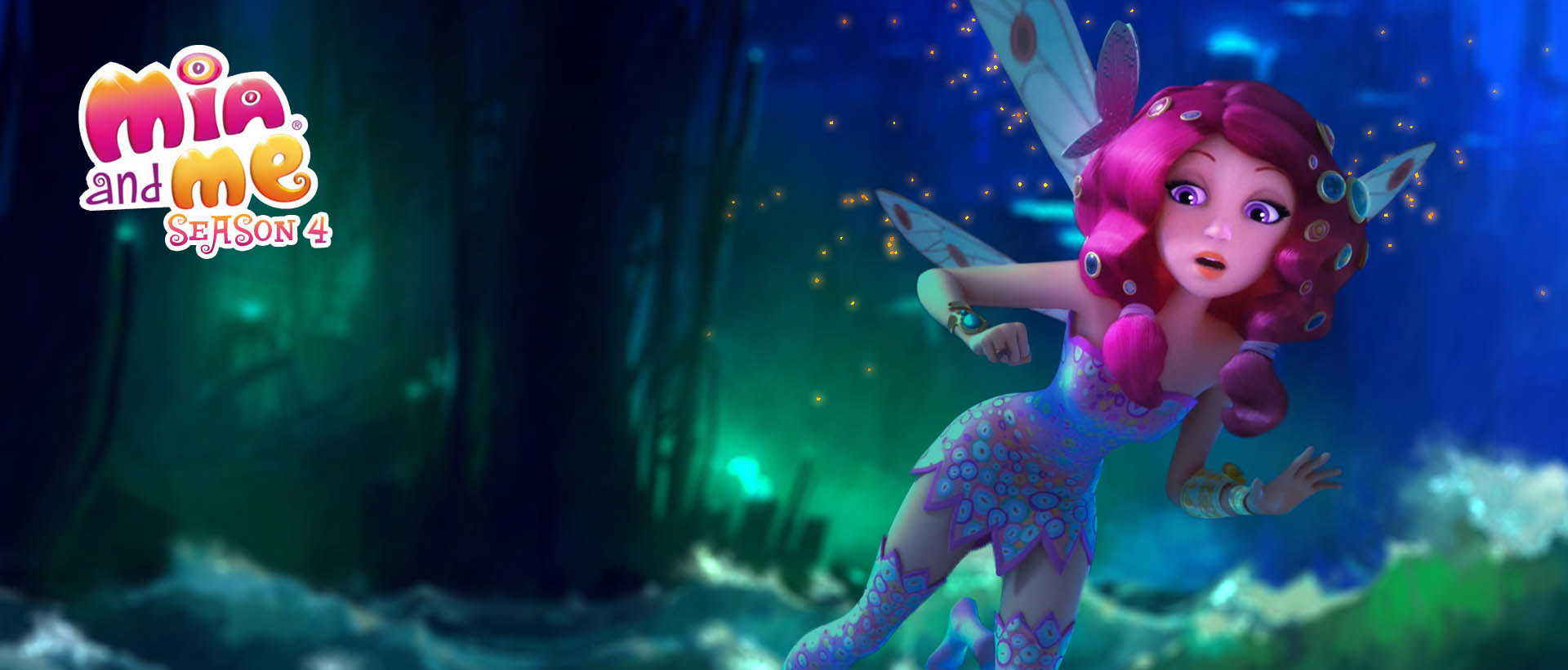41 episodes in 8 seasons
A spin-off of the Hit TV series Löwenzahn with 477+ episodes in 44 seasons.
A TV series for older children and teenagers. In the first six seasons, Peter Lustig (*1937 †2016), who was also the author and writer of the series, moderated the show from a desk that stood in a different place each time, depending on the theme of the show. The focus was on topics relating to nature and the environment, pollution and environmental protection, with Anja Franke taking over as presenter in the last two seasons.
Awards...
Peter Lustig received the Grimme Award in silver for the previous series Pusteblume and the series Löwenzahn.
He also received the special prize of the Georg von Holtzbrinck Award for Science Journalism for successfully communicating knowledge to children and young people.
Episodes and behind the scenes...
Season 6 • Episode 30 • Rainforest: Wood
An old dream comes true for Peter Lustig. His multifunctional desk is set up in the rainforest, and finally he can authentically examine the everyday aspects of our lives for their connections to the animals, plants and people in exotic countries. Brazil, Colombia, Congo, Indonesia, all these countries so close to the equator have fascinated Peter. The amount of rainfall alone - eight meters of rain falls from the sky there every year, compared to just 80 centimeters here - impresses him and makes him think. The trees that grow in these rainforests have a characteristic wood. Peter is interested in this, because his super desk is gradually becoming unsightly and wobbly. He is looking for something ‘for the more discerning’, ‘of exquisite beauty’, as the furniture brochures advertise their products. But when he looked at how these trees are felled in the rainforest, in what quantities they are exported to Europe and North America, and what the forests look like afterwards, he realizes that more is being destroyed here than is being gained. Not only for the people, animals and plants in the rainforest, but also for people and nature far away. Under these circumstances, Peter decides to keep and repair his old desk.
Behind the scenes • Steadycam...
The exciting thing about the work in this episode was that a Steadycam was used.
Invented by Garrett Brown and used for the first time in the 1976 film 'Rocky', for which he later received an Oscar.
The steadycam completely changed the visual language, but it was absolutely unusual to work with this type of camera at that time, especially for children's television, as it was still extremely complex and expensive. So it was even more exciting to be up close and personal, to look over the cameraman's shoulder and learn a lot about the 'new' visual language, without which it is hard to imagine cinema and TV today.
And by the way, imagine the cameraman who had to carry the old, heavy Steadycam rig through the hot and humid tropical house in the Berlin Botanical Garden!
Invented by Garrett Brown and used for the first time in the 1976 film 'Rocky', for which he later received an Oscar.
The steadycam completely changed the visual language, but it was absolutely unusual to work with this type of camera at that time, especially for children's television, as it was still extremely complex and expensive. So it was even more exciting to be up close and personal, to look over the cameraman's shoulder and learn a lot about the 'new' visual language, without which it is hard to imagine cinema and TV today.
And by the way, imagine the cameraman who had to carry the old, heavy Steadycam rig through the hot and humid tropical house in the Berlin Botanical Garden!
Season 6 • Episode 31 • Rainforest: The can
Peter has moved his super-functional desk to a scrapyard. A very special one. There is mainly electronic scrap lying around, circuit boards and so on . Marvels of technology that once cost a lot of money. Peter actually wants to write a message on his computer, but the “I” doesn't want to appear. Maybe he can find an old keyboard here that he can solder on somehow. He finds gold on a totally rotten circuit board, very thin indeed, but real gold. Gold for computers? Why is that? And where does it come from? In this case, it comes from South America, from the Brazilian rainforest. Under adventurous and cruel conditions, gold miners have washed it out there, destroyed and poisoned the indigenous people's homes and the forest, and remained poor people in the process. Who would have thought that there was a connection between computers and the rainforest? Peter looks at his drinks can with irritation. Does it also have something to do with the rainforest? It does! Aluminium is produced using electricity, and in rainy regions this can be generated using environmentally friendly hydroelectric power. But what does it look like when more and more dams flood ever larger areas? Plants and small animals rot in the artificial lakes. The water rots and stinks. There are no fish at all. The Indigenous people are protesting against these reservoirs, but there is still no sign of when the large power stations will stop destroying the rainforest in this way. Peter is depressed. Gold, iron, aluminium, they are all raw materials that we use every day. The only thing missing is that oil and petroleum are also extracted in the rainforest and are similarly harmful to the forest. And that's exactly how it is. Oil also comes from the rainforest. Not all of it, of course, but where it is extracted, it contaminates the water and displaces the indigenous people. Peter now doubts the intelligence of mankind. Yet we could learn so much from the rainforest. It practises perfect recycling, for example. And we should finally start to imitate it consistently. Peter shows that this is possible with an attractive product that is recommended for imitation.
Behind the scenes • What a puzzle...
I used a large truck to pick up 5 tonnes of electronic scrap from the largest local scrap yard to create a new electric scrap yard as a film location, where previously there was only a metal scrap yard.
The shoot lasted three days. To ensure that nothing was stolen over night, everything had to be loaded into the truck in the evening. And then the next day, using a few Polaroids, everything had to be decorated exactly as it had been the day before.
Season 6 • Episode 32 • Rainforest: Hamburger and Co.
Peter has set up his desk at the zoo and is trying to find out where the monkeys he encounters in the enclosures come from. He even considers whether a monkey like this would be a suitable pet for him. It would bring life into his little home! But as a rainforest expert, he quickly realises what he would be doing to himself and especially to the monkeys. No, Peter won't get involved in such cruelty to animals. Nevertheless, the rainforest dwellers certainly don't feel at home here at the zoo either. And then the signs on the enclosures for most of the monkey species say: ‘Threatened with extinction!’ Why is that? What's going on in the forests on the equator? The rainforest is actually becoming less and less. People are clearing it. They use the land for fields, grow maize and beans. After a few years, the soil is infertile and only steppe grass grows where the rich flora and fauna of the rainforest once existed. Herds of cattle move through the grasslands. But even these huge grazing areas are exhausted by the grass after a few years. The tropical rain then washes away the last remnants of the thin layer of soil. What remains is a barren desert. Peter is horrified. It can't go on like this. Not just because of the forest chimpanzees, orangutans and all the other animals. He takes a strictly scientific approach to the problem, as he says, and makes a practicable proposal to solve the problem.
Behind the scenes • The bored monkeys...
To make it look as if Peter was sitting directly between the apes, we set up his desk in a very narrow spot between the gorillas and the orangutans. The monkeys, who were sitting in front of and behind Peter in the outdoor cages, were of course quite bored in the zoo, which is why at some point they started tearing up tufts of grass and throwing them at us. As a prop master, it wasn't much fun constantly cleaning and redecorating the table. But hopefully the monkeys at least had something to distract them and maybe even enjoyed themselves for a moment.
Season 6 • Episode 33 • Rainforest: Everything banana
In this ‘mittendrin’ TV show, Peter Lustig also wants to look into the secrets of the rainforest. But instead of placing his desk under a palm tree, he is standing on a jetty in Hamburg harbour with this super desk. And very quickly he has bought a huge quantity of bananas. They look fantastic, all the same size, 20 centimeters long, four centimeters thick and all golden yellow. Strange. And for the fact that they have been painstakingly planted, travelled such a long way and are treated here in cold storage, they are actually still quite cheap. But Peter quickly realizes who earns the most money here. Actually, all products from the rainforest are too cheap. On the other hand, nowhere else do plants and trees grow as abundantly and as quickly as there. And the tropical forest plants cleverly choose the best spots. Sun, rain and the animals help. In our region, we don't leave it up to nature to decide where things should grow. We prefer to regulate that ourselves here. We also determine which characteristics the plants have with our breeding. This has advantages, but also many disadvantages. Peter knows what he's talking about. He uses simple experiments to show what is important in our cultivation. But how can we utilise the rainforest without destroying it with large plantations? There are sensible solutions, but not for free. Saving the rainforest should be worth a penny.
Behind the scenes • Hot glue everywhere...
Imagine a desk as the main set that has its own small electricity mast, a cooker, a sink and is full of props. What do you do as a prop master when the main actor sits at his table almost the whole time and immediately starts playing with everything in front of him during every break in filming?
And there was a lot lying around!
I simply glued everything to the table with hot glue to avoid connection mistakes as much as possible, which Peter didn't really find funny.
And there was a lot lying around!
I simply glued everything to the table with hot glue to avoid connection mistakes as much as possible, which Peter didn't really find funny.
It was an honour...
Atze Brauner's assistant called me one day because a film company was looking for a technical assistant. And so I had the luck to work with the production company Studio TV, ZDF and moderator Peter Lustig on this TV show and to make a truly meaningful contribution to the German television landscape.
And I have great memories of the nights in Atze Brauner's 1946 founded CCC Film-Studios on Eiswerder in Berlin, when I was on the set of ‘Gute Zeiten schlechte Zeiten’ (8200+ episodes) with my electric guitar, together with the assistant, and we turned it into a huge music studio.

